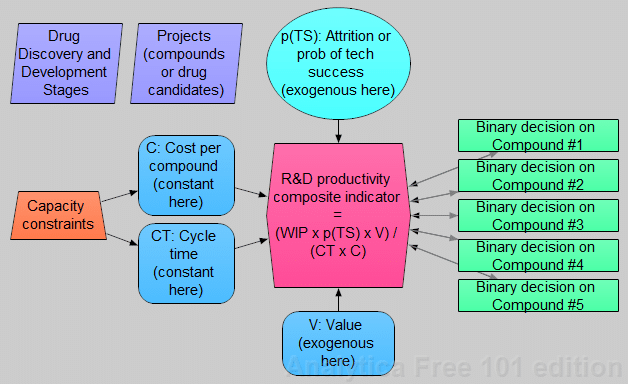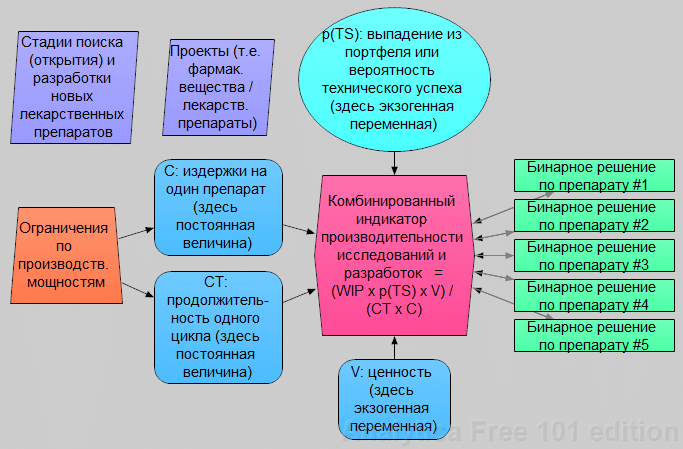I absolutely admire Analytica as a tool/software and find it a work of art, really. I admire the people who created it. I discovered Analytica in 2013 on an INFORMS web directory of OR/MS solution vendors and consultants. Using Analytica greatly furthered my Decision Analysis interest, learning, and practice in general, in fact, Analytica helped me to discover and further explore at least half the DA I know. I have had experience with, and exposure to, dozens of quantitative/analysis software systems since 1997 when I was a practicing econometrician using EViews, and find Analytica to be one of the best quantitative analysis softwares ever built.
Decision-making is perhaps the most fundamental of all human activities and faculties, and at the same time it is the least explored and understood, although it has been studied since the late middle ages and even from earlier times. DA is perhaps the hardest branch of all science disciplines and seems to be the least susceptible to scientific method, logical analysis and structured inquiry; it is art at least as much as it is science.
Any problem can be represented as a bunch of conflicting constraints and drivers. Model scoping, framing, and structuring involves endogenizing boundaries, assumptions, and parameters so that the constraints and drivers speak to each other coherently and are adequately captured by the model. Features of Analytica that I find particularly useful are hierarchical influence diagrams, Monte Carlo simulation, intelligent array abstraction, dynamic simulation, UI creation, procedural programming and scripting tools, and function libraries. All these features, except Monte Carlo (which is implemented very powerfully in Analytica), distinguish Analytica from other decision/risk analysis software.
The most recent model I developed is for Adaptive R&D Pipeline planning for Pharma & Biotech for R&D productivity improvement. Using Analytica I was able to not only structure the optimization problem realistically but to also conveniently model the recursive dynamics to produce a requisite model that effectively addresses the challenge.
I find that Analytica supports the coherence required for a requisite DA exercise. It is completely suitable for both evidential/Bayesian and causal/non-Bayesian modeling with its powerful probabilistic modeling features and intelligent arrays. I am now implementing rigorous DA in naturalistic DM settings, with ‘soft decisions’ as the interface with the broader real world.








